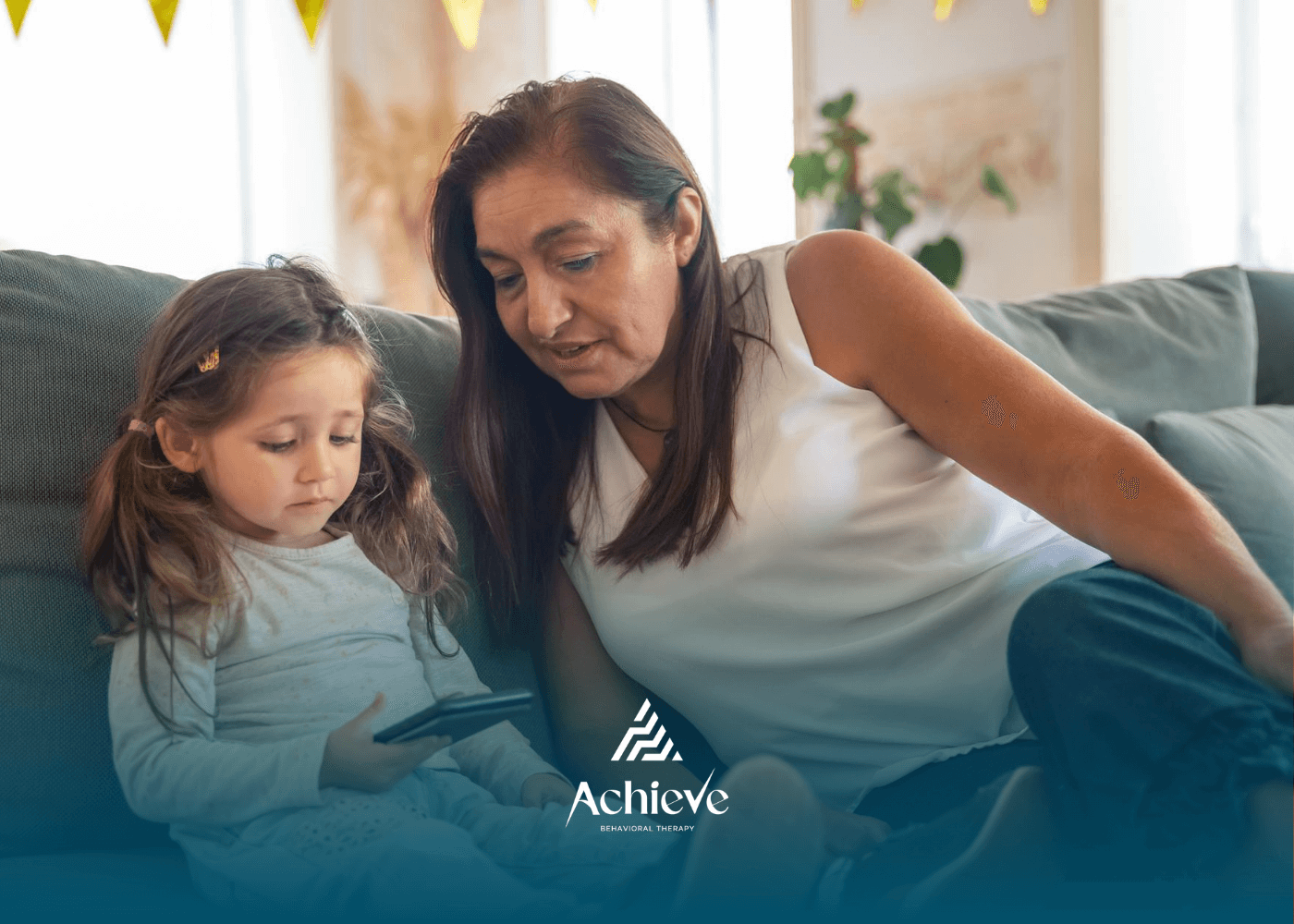How ABA Therapy Success Stories Can Guide Your Journey

Applied Behavior Analysis has transformed countless lives through targeted interventions for autism spectrum disorder. ABA therapy success stories provide families and professionals with tangible examples of progress, showing how systematic behavior modification can unlock communication and social skills. This article explores real-world narratives and data-driven outcomes to guide each step of the ABA journey.
Understanding Applied Behavior Analysis
Applied Behavior Analysis breaks complex behaviors into smaller steps, reinforcing desired actions while reducing problematic behaviors through positive reinforcement and systematic feedback. Goals are set to be specific and measurable, giving therapists and families clear benchmarks for progress.
This evidence-based approach is endorsed by major professional organizations, and success rates for autism interventions can exceed 90 percent. Practitioners collect data on each session, track trends over time, and adjust strategies to ensure steady gains in communication, social competence, and adaptive skills.
ABA’s core components include challenging behavior reduction, skill acquisition, and encouragement of prosocial behaviors. By tailoring interventions to each individual’s strengths and needs, Applied Behavior Analysis becomes a roadmap for meaningful change.
Spotlighting Success Stories
The following narratives are drawn from real-life accounts:
Liam’s Communication Breakthrough
Liam was nonverbal at age three and struggled with frequent tantrums. With early intensive behavioral interventions, he began using simple words within six months and progressed to short sentences. His family reported a 70 percent reduction in meltdowns, allowing Liam to join preschool circle time with peers.
Ava’s Emotional Regulation Success
Ava, who experienced daily emotional outbursts, learned coping strategies and calming cues through structured sessions. Over nine months, her tantrums decreased by half, and she started using phrases like “I need a break” to express frustration. Her classroom participation and peer interactions improved noticeably.
Ethan’s Daily Living Milestone
Ethan gained independence in self-care tasks such as dressing and eating after eighteen months of focused skill acquisition. He mastered buttoning his coat, using utensils, and following multi-step routines, boosting his self-confidence and easing daily routines for his parents.
Sophia’s Social Skills Gain
Sophia initially avoided group play and found peer interaction challenging. Role-playing activities and social stories helped her initiate greetings, take turns, and join group games. Within a year, Sophia formed her first friendship at school and reported feeling more included.
Noah’s Academic Achievement
Noah struggled with attention and task completion in class. Through discrete trial training and positive reinforcement, he began finishing assignments independently and exhibited improved focus. Teachers noted a 50 percent drop in off-task behavior during lessons.
Evaluating Measurable Outcomes
A landmark 1987 study by Dr. Ivar Lovaas showed that 47 percent of children who received intensive ABA therapy achieved normal intellectual and educational functioning, compared to only 2 percent of a control group. Subsequent research has confirmed significant gains in IQ, language, and adaptive behaviors when interventions start early and maintain high intensity.
Longitudinal data reveal that approximately 66 percent of children referred for Applied Behavior Analysis remain in services for 12 months, and 46 percent continue for 24 months, with sustained adaptive behavior gains each year. For those with lower baseline skills, the average 12-month Adaptive Behavior Composite gain is 4.46 points, demonstrating tangible progress over time.
These measurable outcomes highlight the importance of data collection, regular review, and flexible goal adjustment to maximize the impact of ABA therapy.
Lessons for Caregivers and Educators
Setting Specific Goals
Clear, measurable objectives guide each intervention plan. Breaking down long-term aims into weekly or monthly targets helps teams stay focused and celebrate small victories. Revisiting goals every quarter ensures relevance and responsiveness to changing needs.
Engaging Families
Parental and caregiver involvement correlates strongly with better outcomes. When families reinforce strategies at home and share insights about triggers and preferences, interventions become more seamless across environments.
Tracking Progress
Consistent data collection allows teams to spot patterns and make informed adjustments. Best practices include:
Recording target behaviors and skill acquisitions after each session
Reviewing visual data weekly to identify trends
Sharing updates with educators and therapists for coordinated support
Designing Individualized Treatment Plans
Tailoring to Individual Needs
Treatment plans must address each learner’s unique profile, focusing on communication skills, social behaviors, and daily living tasks. Functional behavior assessments guide clinicians in targeting the most impactful goals.
Choosing Program Intensity
Most programs recommend 15 to 40 hours of therapy per week, depending on the child’s abilities and family availability. Higher intensity often yields faster skill acquisition, but balance is key to preventing burnout.
Collaborating With Schools
Educators play a critical role in generalizing skills across settings. Sharing data and strategies with teachers creates consistency, helping learners apply new behaviors in classrooms and playgrounds.
Overcoming Common Challenges
Many families face hurdles when starting and sustaining ABA services. Common obstacles include:
- Early discontinuation:
13 percent never begin treatment after referral
- Funding constraints: extended programs can be costly without adequate insurance coverage
- Scheduling conflicts: balancing sessions with school, work, and family routines
Successful navigation often involves advocacy for insurance benefits, exploring publicly funded options, and establishing a regular session calendar that fits the family’s lifestyle.
Celebrating Ongoing Progress
Long-term gains extend well beyond initial milestones. Children receiving early, intensive Applied Behavior Analysis interventions may be able to transition into mainstream classrooms, with studies showing 40 to 50 percent returning to typical educational settings.
Conclusion
Continued collaboration among therapists, educators, and families fosters self-advocacy, independence, and community participation. By recognizing each success story as a source of guidance, stakeholders can refine strategies and inspire confidence in the journey ahead.
Informed by real cases and rigorous research, these narratives and data underscore the transformative power of Applied Behavior Analysis. Families and professionals in New Jersey, North Carolina, and beyond can draw on these insights to shape treatment plans, set realistic expectations, and celebrate every step toward greater communication, social engagement, and independence.
At Achieve Behavioral Therapy, we believe that every success story, whether big or small, builds the foundation for lifelong growth. Our dedicated team partners closely with families, educators, and other professionals to create personalized ABA therapy plans in New Jersey and North Carolina that nurture self-advocacy, independence, and social connection.
If you’re ready to help your child or student thrive, contact us today to schedule a consultation. Together, we can design evidence-based, compassionate ABA care that celebrates progress and empowers each individual to reach their full potential.
Frequently Asked Questions
This is paragraph text. Click it or hit the Manage Text button to change the font, color, size, format, and more. To set up site-wide paragraph and title styles, go to Site Theme.
How does collaboration improve ABA therapy outcomes?
When families, therapists, and educators work together, it ensures consistency across home, school, and community, helping children generalize learned skills and maintain steady progress over time.
What goals does ABA therapy focus on for children with autism?
ABA therapy targets areas such as communication, social skills, emotional regulation, and independence, tailored to each child’s unique needs and abilities.
How long does it take to see progress from ABA therapy?
Progress varies by individual, but many families notice positive changes within a few months of consistent, data-driven therapy sessions. Ongoing collaboration and reinforcement at home greatly enhance these results.
SOURCES:
https://pmc.ncbi.nlm.nih.gov/articles/PMC8702444/
https://pmc.ncbi.nlm.nih.gov/articles/PMC3196209/
https://ontaba.org/ontaba-stories/
https://www.reddit.com/r/Autism_Parenting/comments/15dapa8/any_success_stories_w_aba_at_2_yrs_old/
https://www.appliedbehavioranalysisedu.org/5-autism-success-stories/
Need Support?
We're Here to Help!
Our experienced team is ready to assist you. Reach out today to discuss how we can support your child's development and well-being.
Get started with expert ABA therapy today.











